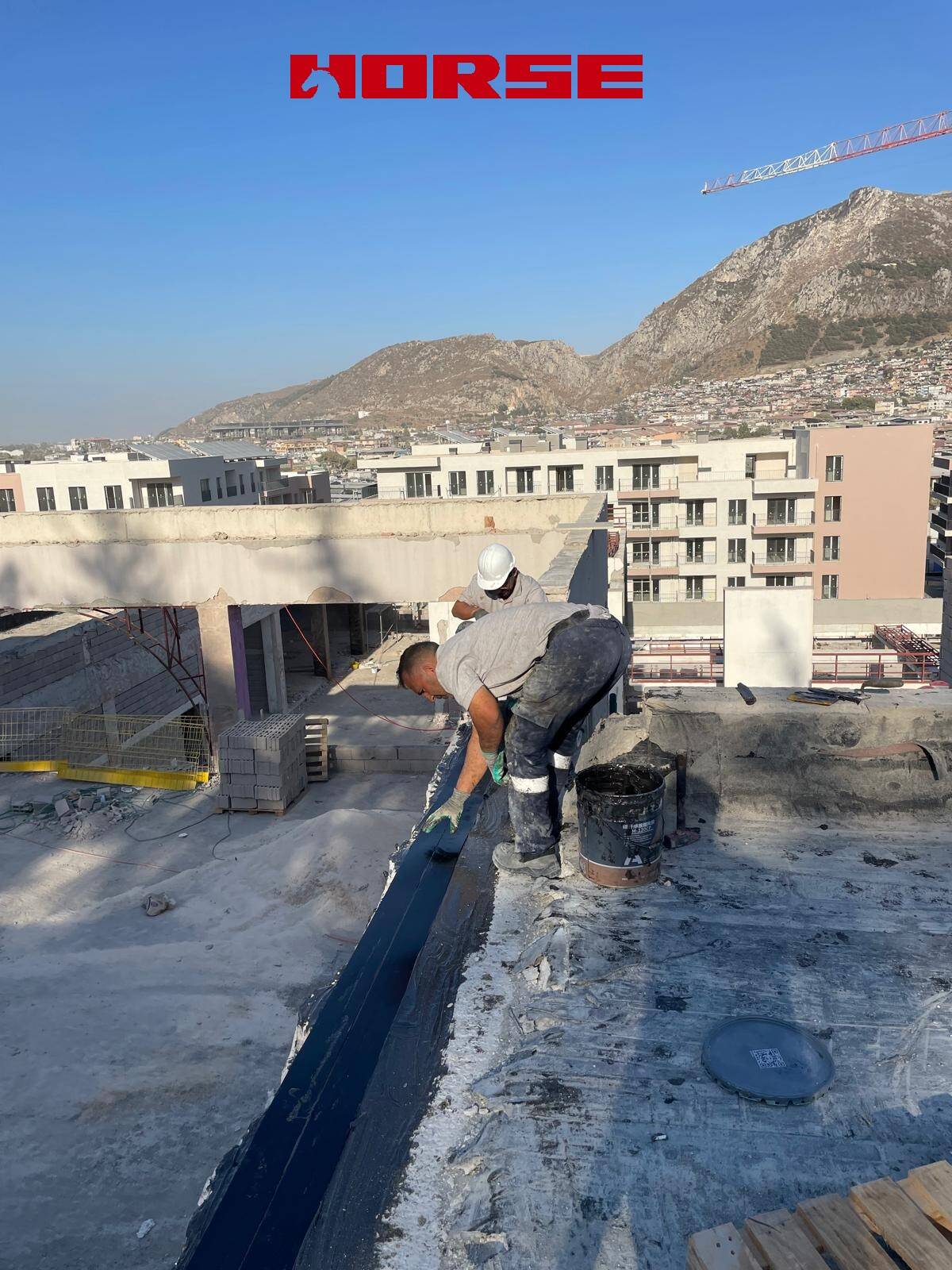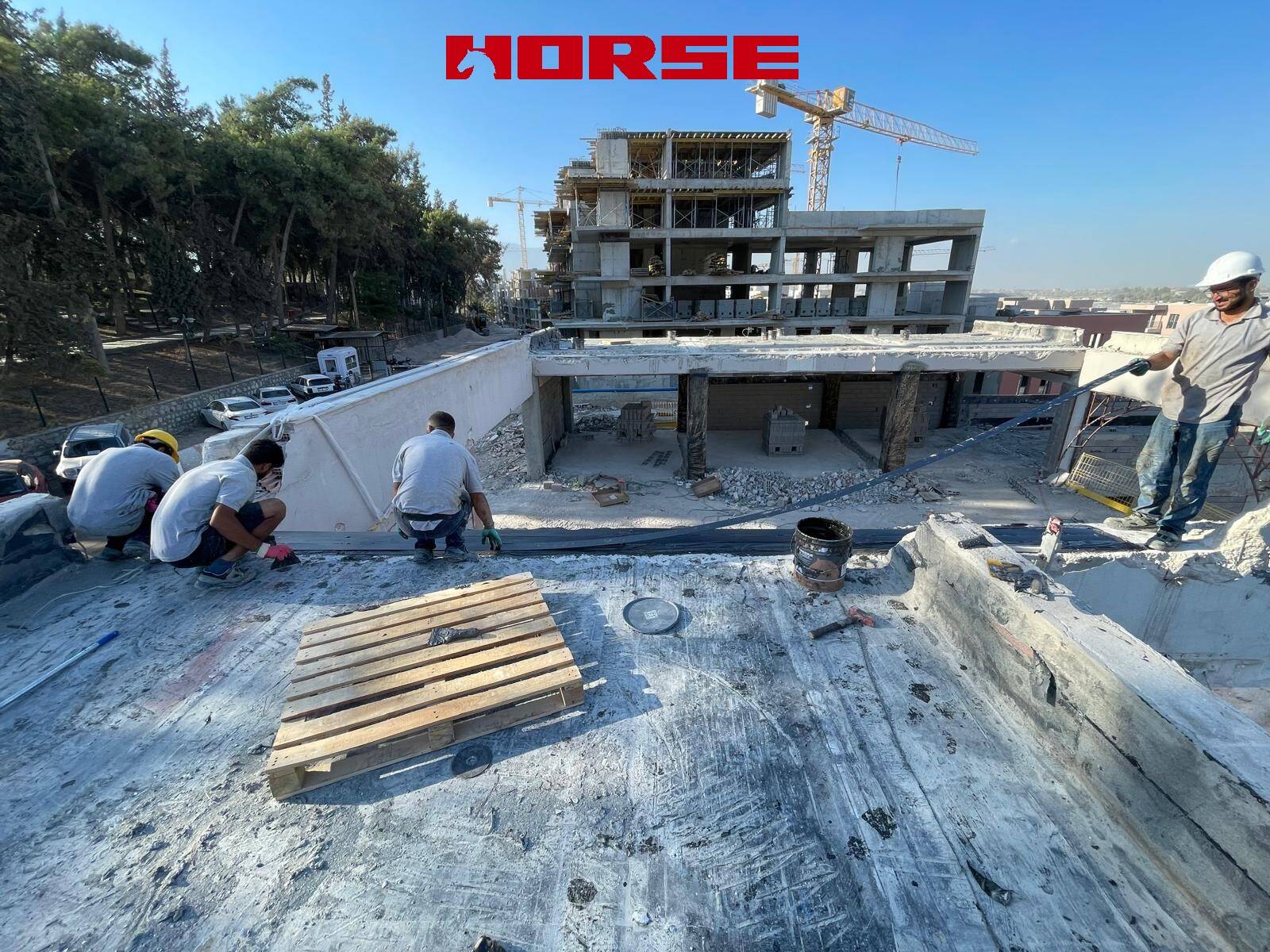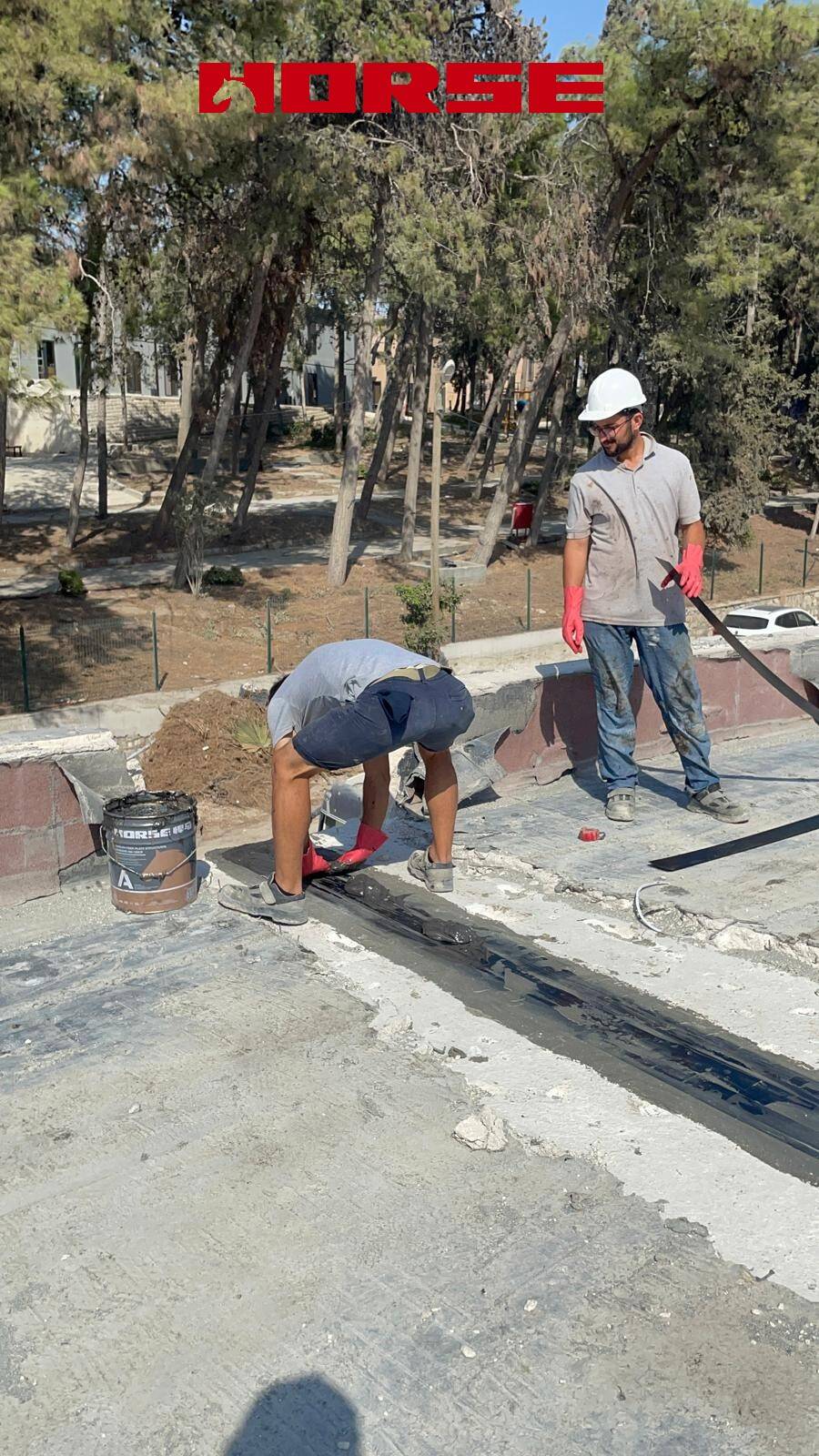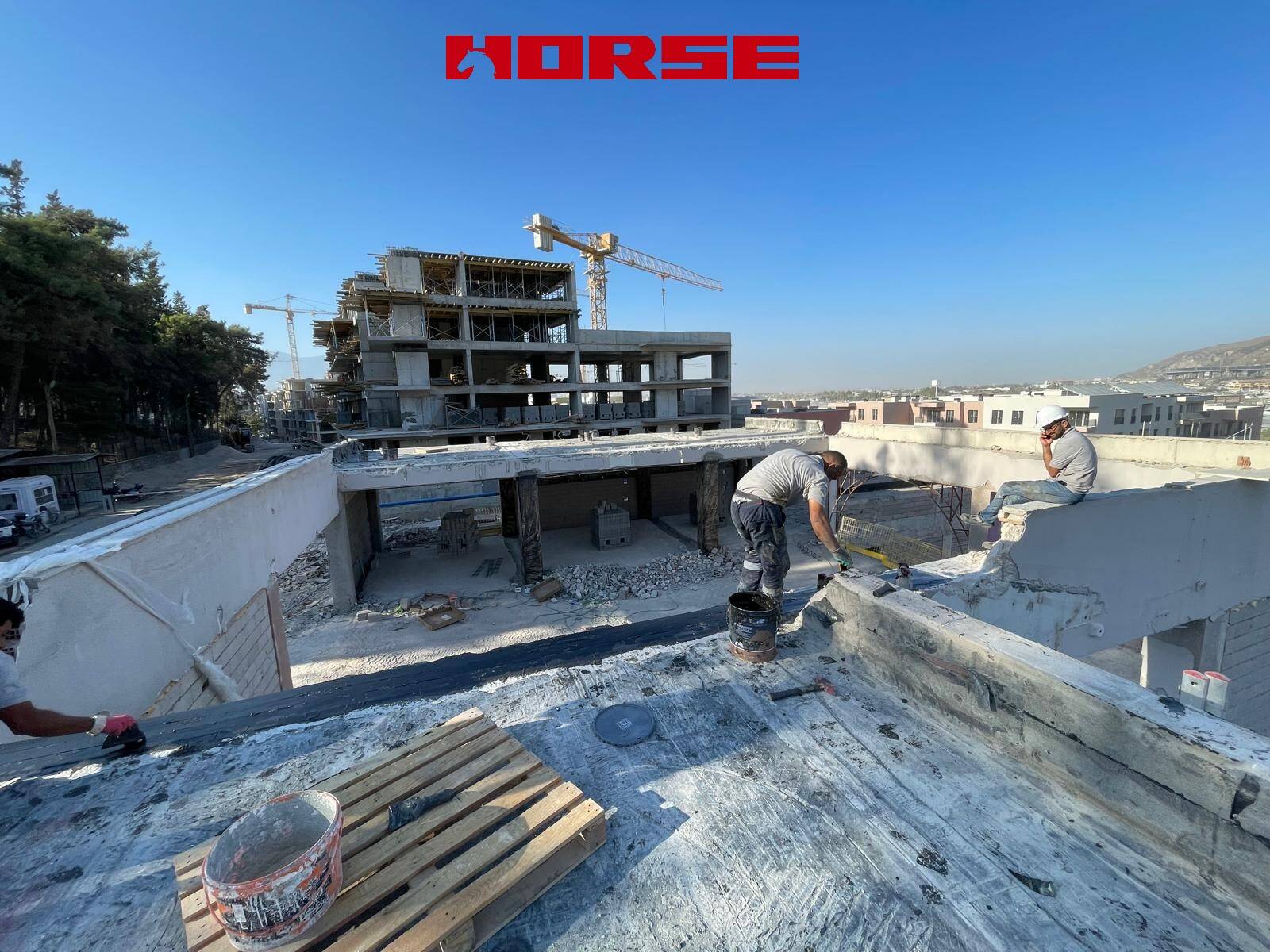Carbon Fiber Plate Project in Turkey
Slab and Beam
The roof of a newly built house is reinforced and strengthened, usually because of problems in bearing capacity, deformation or crack resistance exposed during the structural design or construction stage.

The roof of a newly built house is reinforced and strengthened, usually because of problems in bearing capacity, deformation or crack resistance exposed during the structural design or construction stage.
In this case, the primary issue was structural defects during the construction phase.
Concrete pouring defects: During construction, the roof concrete beams and slabs developed localized honeycombing, roughness, and looseness (caused by insufficient vibration compaction), reducing the integrity of the effective load-bearing section of the component.
Material performance deviations: Concrete strength during construction failed to meet design requirements (e.g., designed for C30, but only C25 in actual testing), or insufficient steel reinforcement due to construction errors resulted in inherently insufficient bearing capacity of the roof component.

In this case, the primary issue was structural defects during the construction phase.
Concrete pouring defects: During construction, the roof concrete beams and slabs developed localized honeycombing, roughness, and looseness (caused by insufficient vibration compaction), reducing the integrity of the effective load-bearing section of the component.
Material performance deviations: Concrete strength during construction failed to meet design requirements (e.g., designed for C30, but only C25 in actual testing), or insufficient steel reinforcement due to construction errors resulted in inherently insufficient bearing capacity of the roof component.

Applying carbon fiber laminate, through the "adhesive + carbon laminate" combination, more evenly distributes external forces to the original structure, while also sealing cracks (preventing rain and air from eroding the internal steel bars) and restoring the component's load-bearing performance. The carbon fiber laminate acts as a "reinforcement layer," leveraging its high strength to compensate for performance deficiencies in the concrete and steel, thus avoiding demolition and reconstruction.
The reason carbon fiber laminates are chosen to reinforce roofs with construction defects is primarily due to their significant advantages in performance, construction, economy, and durability. These advantages are as follows:

Performance Advantages
High Strength: Carbon fiber laminates have exceptionally high tensile strength, 7-10 times that of ordinary steel. When roof construction defects, such as insufficient concrete strength or incorrect reinforcement placement, reduce load-bearing capacity, carbon fiber laminates can provide strong tensile strength, effectively compensating for structural deficiencies and enhancing the bending and shear resistance of roof beams, slabs, and other components, preventing further structural damage.
High Elastic Modulus: With an elastic modulus similar to that of steel, carbon fiber laminates work synergistically with the original roof structure under load, ensuring more uniform stress distribution and reducing localized stress concentrations caused by construction defects, thereby improving the overall stability of the roof structure.
Construction Advantages
Convenient and Efficient: Carbon plate reinforcement construction is relatively simple and does not require large equipment. The main construction steps include base preparation, adhesive application, carbon plate attachment, and curing. Compared to traditional cross-section reinforcement methods (which require complex processes such as formwork, rebar tying, concrete pouring, and curing), this significantly shortens the construction cycle and allows for rapid repair and reinforcement of defective roofs, minimizing impact on the normal use of the building.
Strong Construction Adaptability: Carbon plate is lightweight and flexible, allowing it to be cut and attached to suit the shape of the roof and the location of the construction defect. It is suitable for a variety of complex roof structures, including irregular structures or areas with limited space, and can precisely reinforce defective areas without affecting the overall appearance or other functions of the roof.
Economic Advantages
Reduced Material Requirement: Due to the high strength of carbon panels, significantly less material is required than traditional reinforcement materials (such as steel and concrete) to achieve the same reinforcement effect, reducing material costs.
Reduced Additional Costs: The shorter construction period means lower labor and equipment rental costs. Furthermore, the elimination of large-scale roof demolition and reconstruction reduces the generation and disposal costs of construction waste, as well as the impact on the surrounding environment. Overall, this effectively controls the total cost of the reinforcement project.
Minimal Impact on the Original Structure
Carbon laminate reinforcement is a dry construction method, minimally disturbing the original roof structure. It does not require damage to existing waterproofing, insulation, and other structural layers (as long as proper protection is maintained during construction). This avoids secondary damage to the original structure caused by large-scale construction, while also helping to maintain the roof's original functionality and appearance.